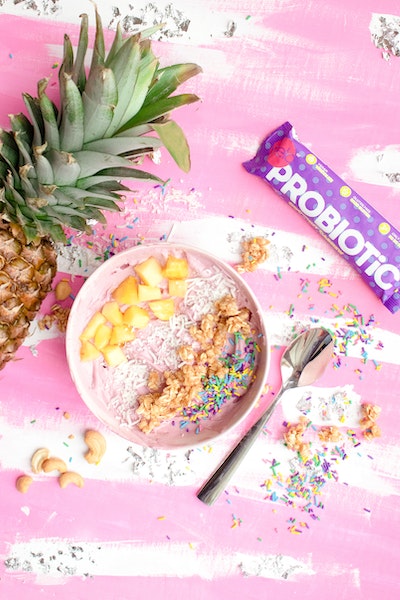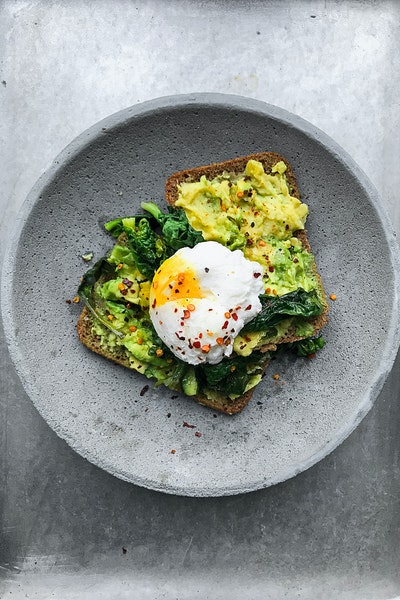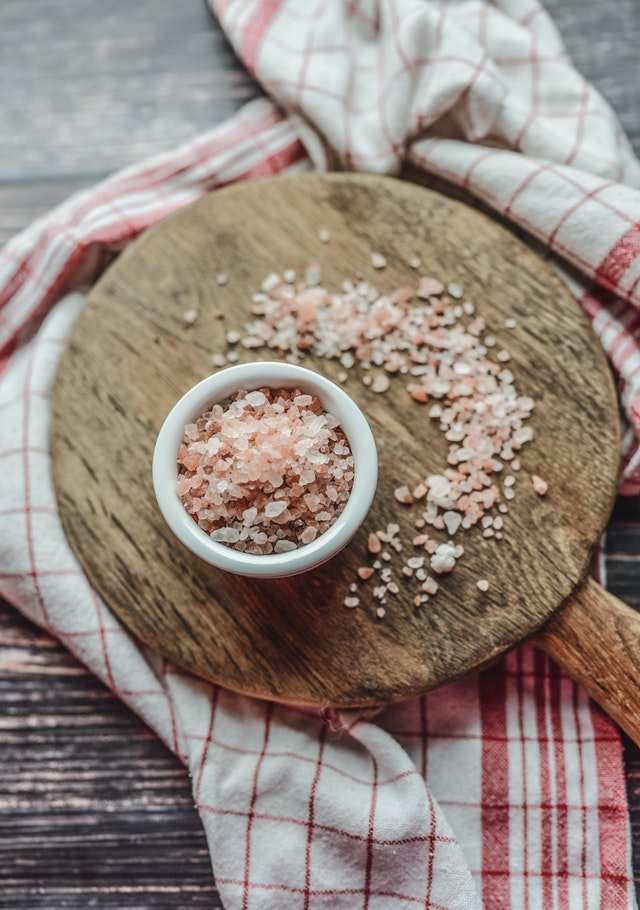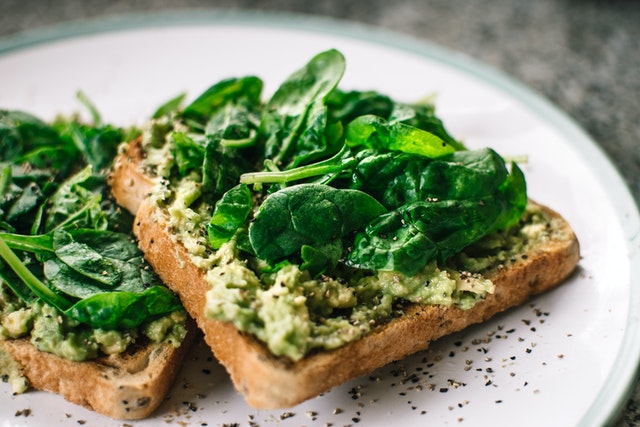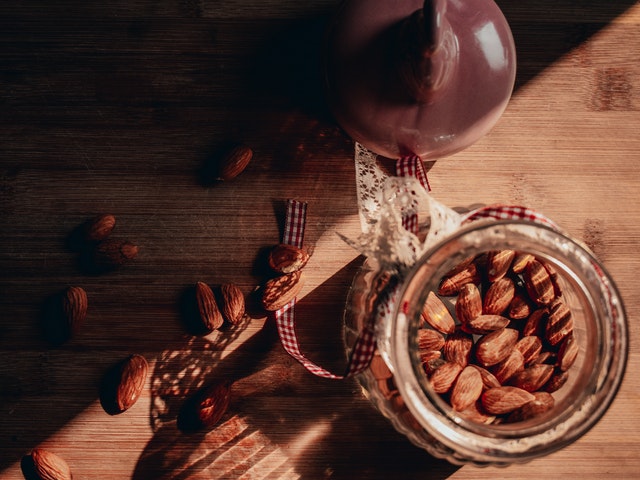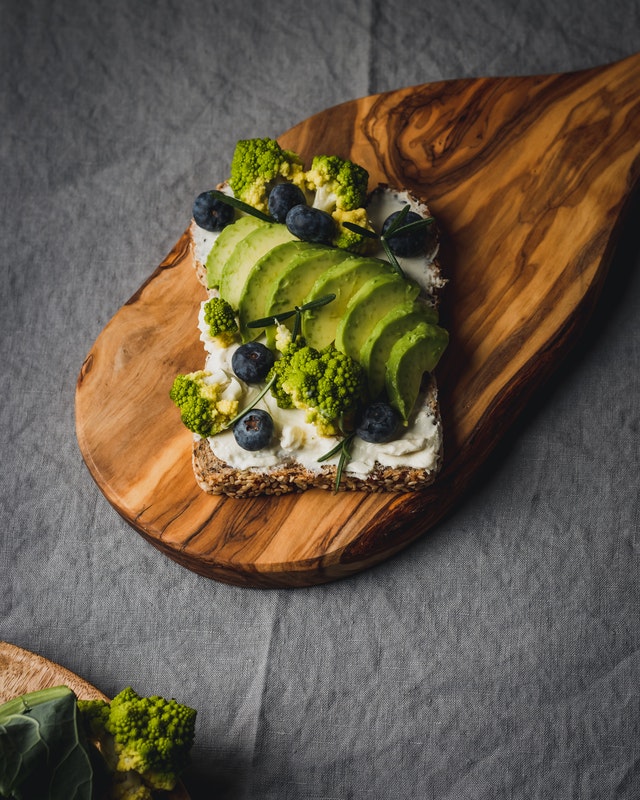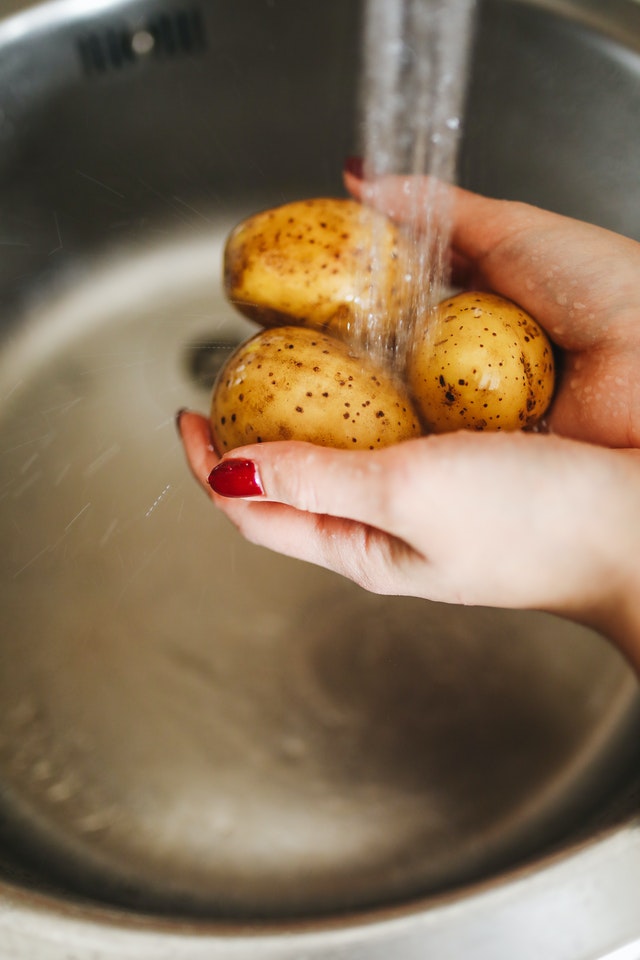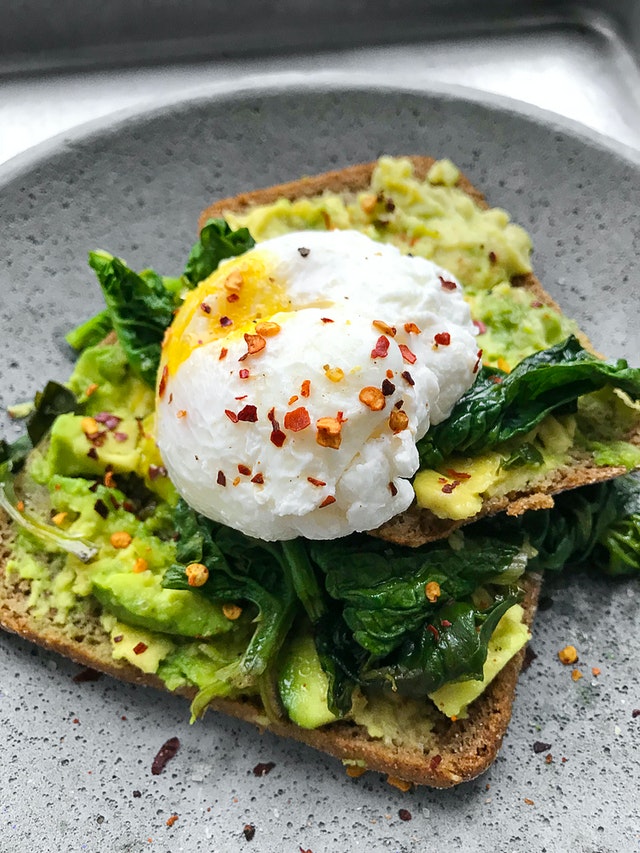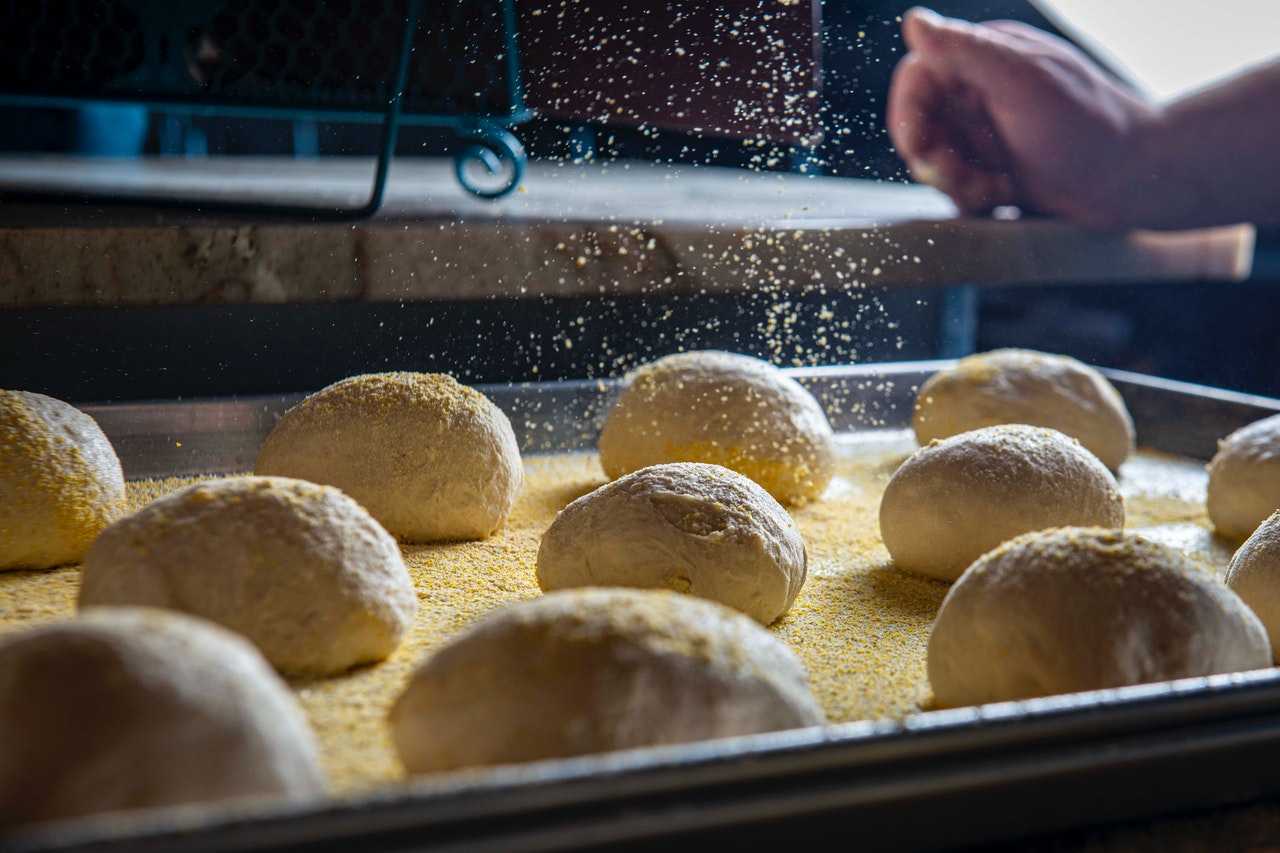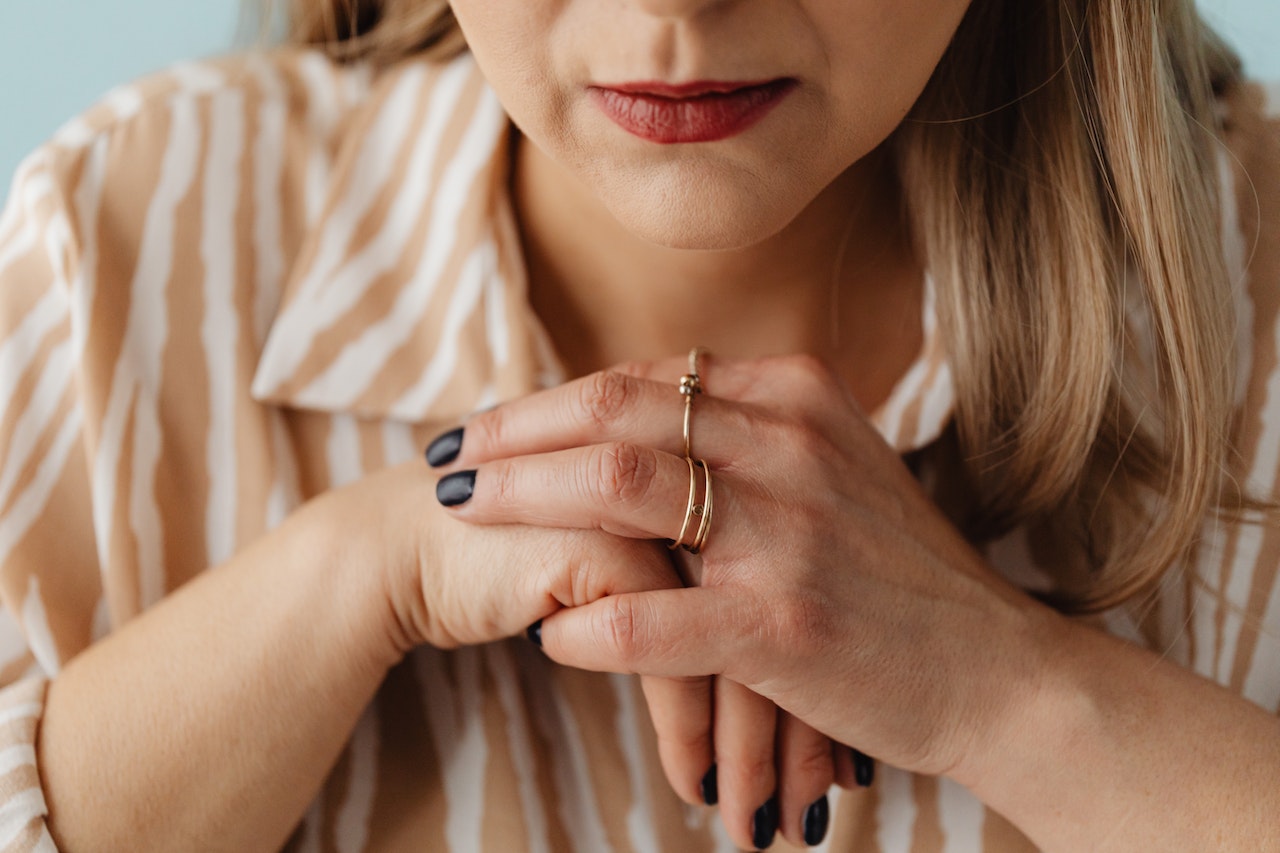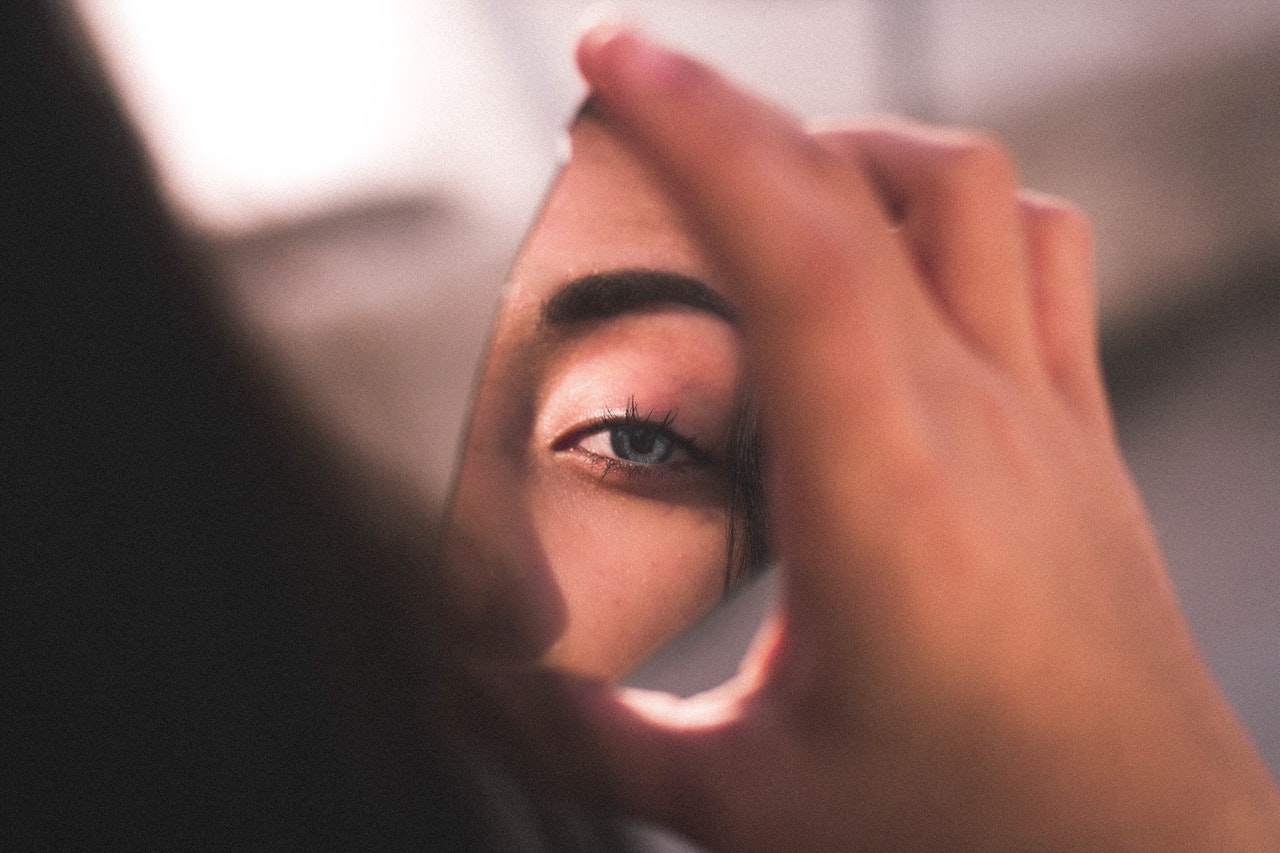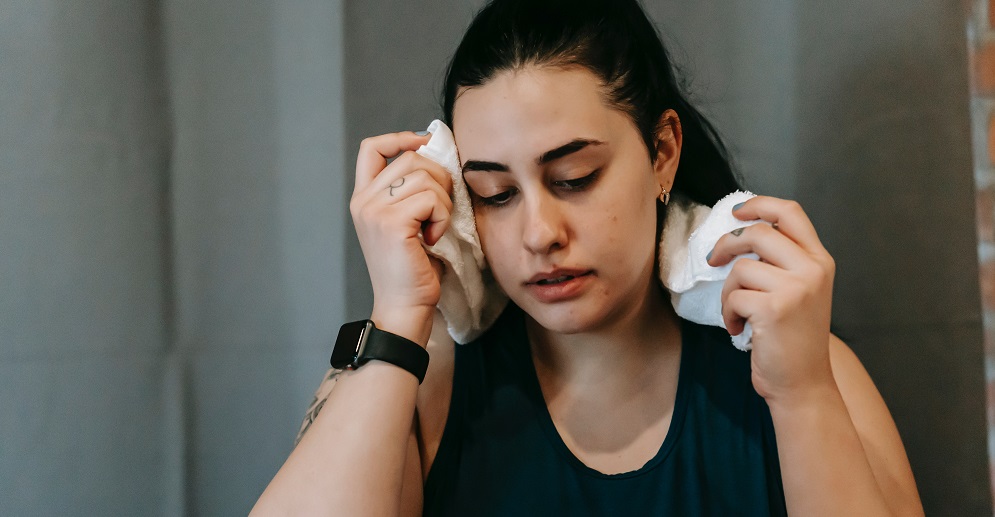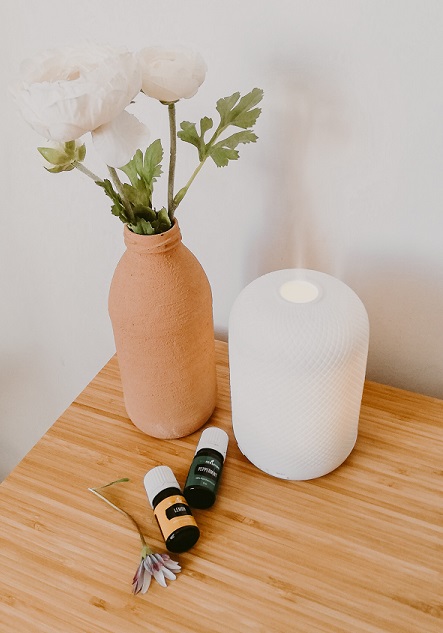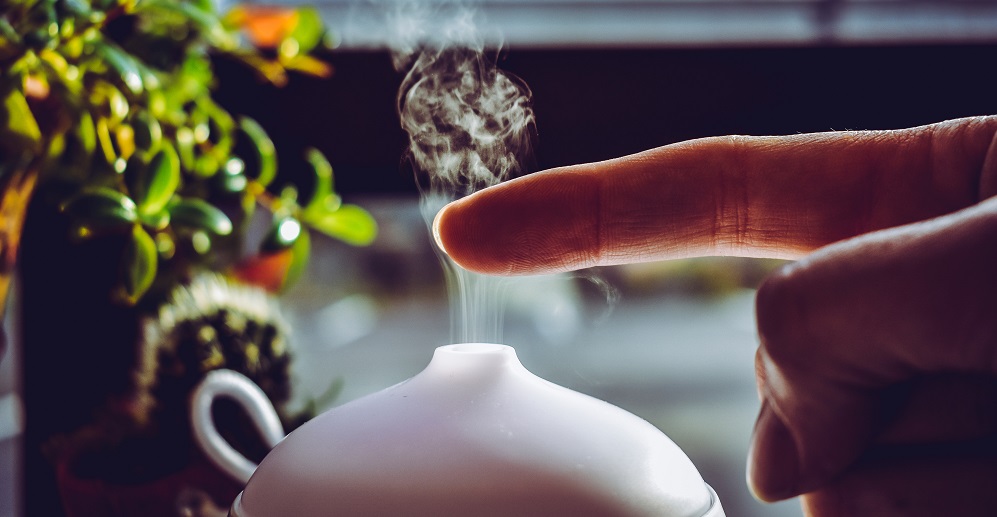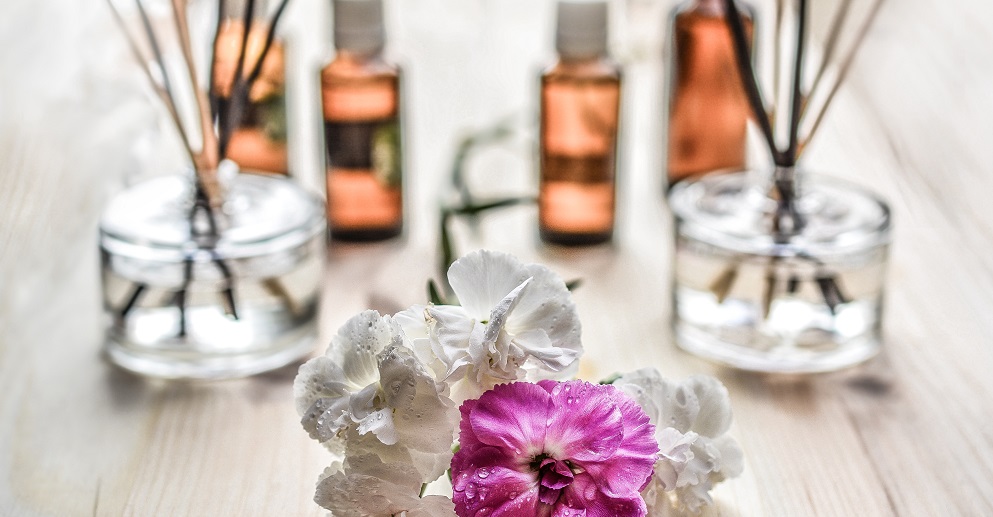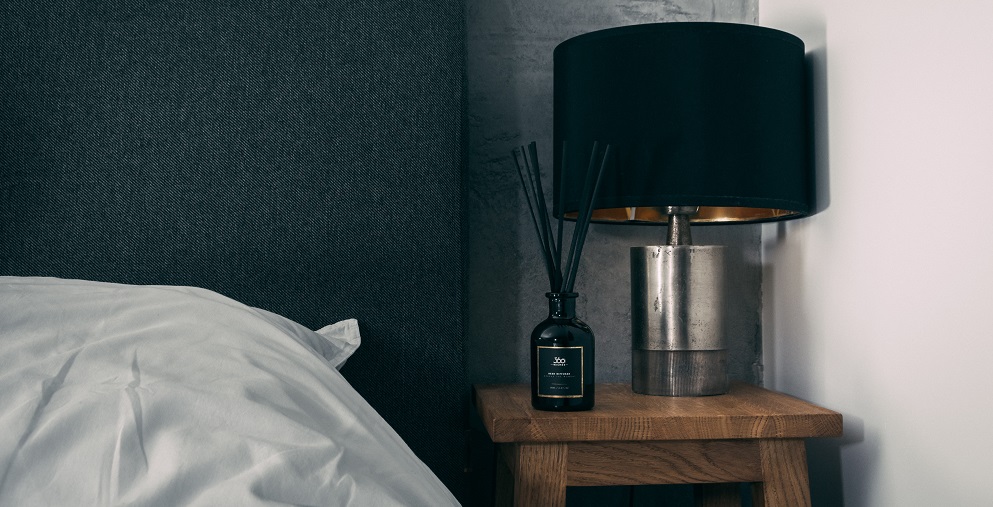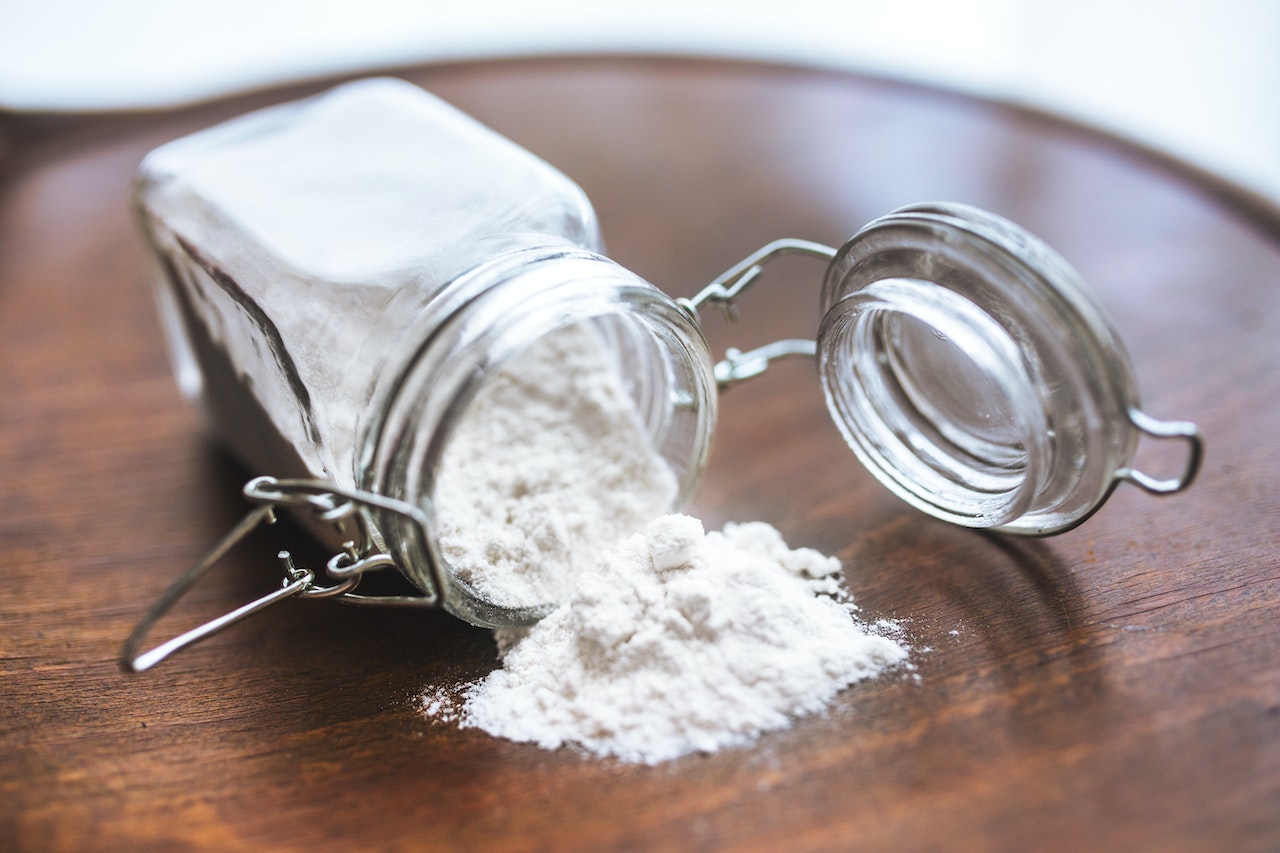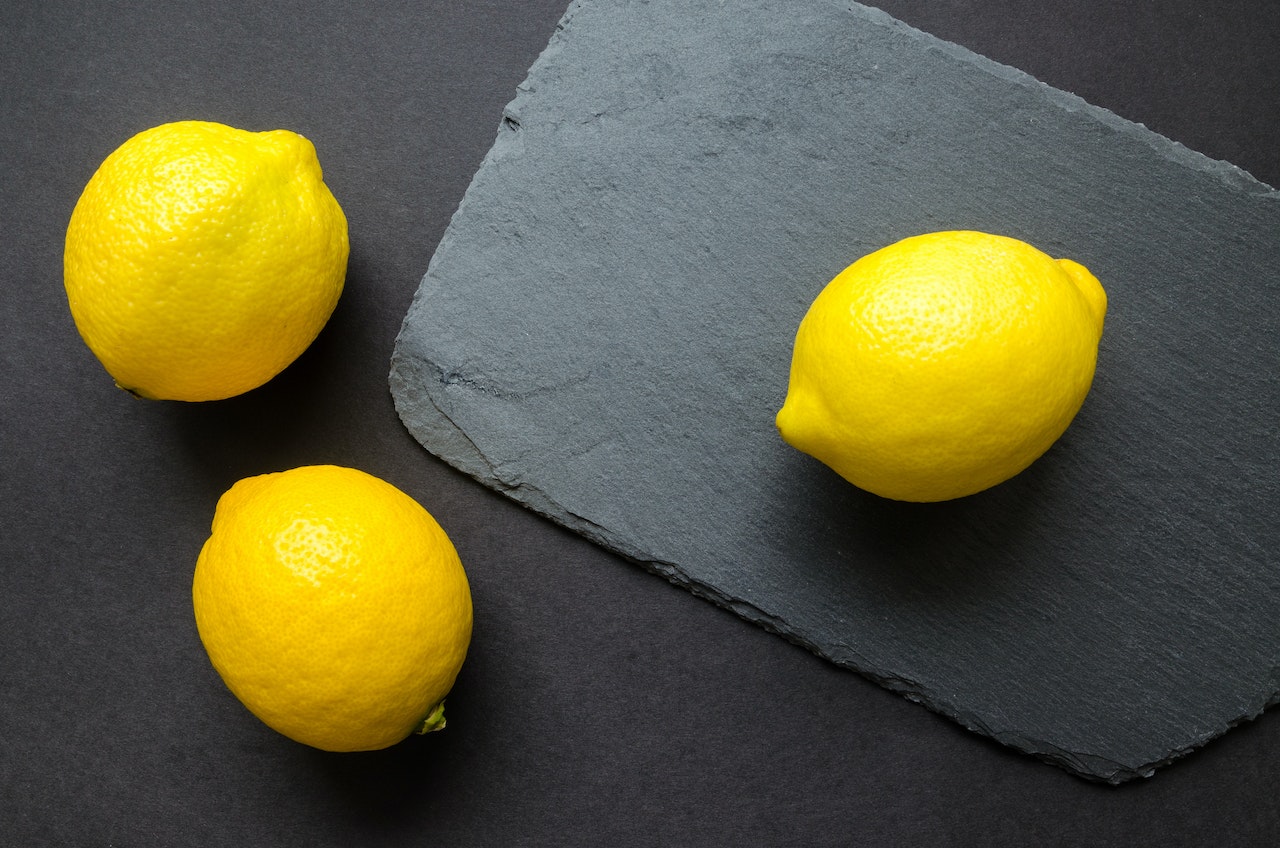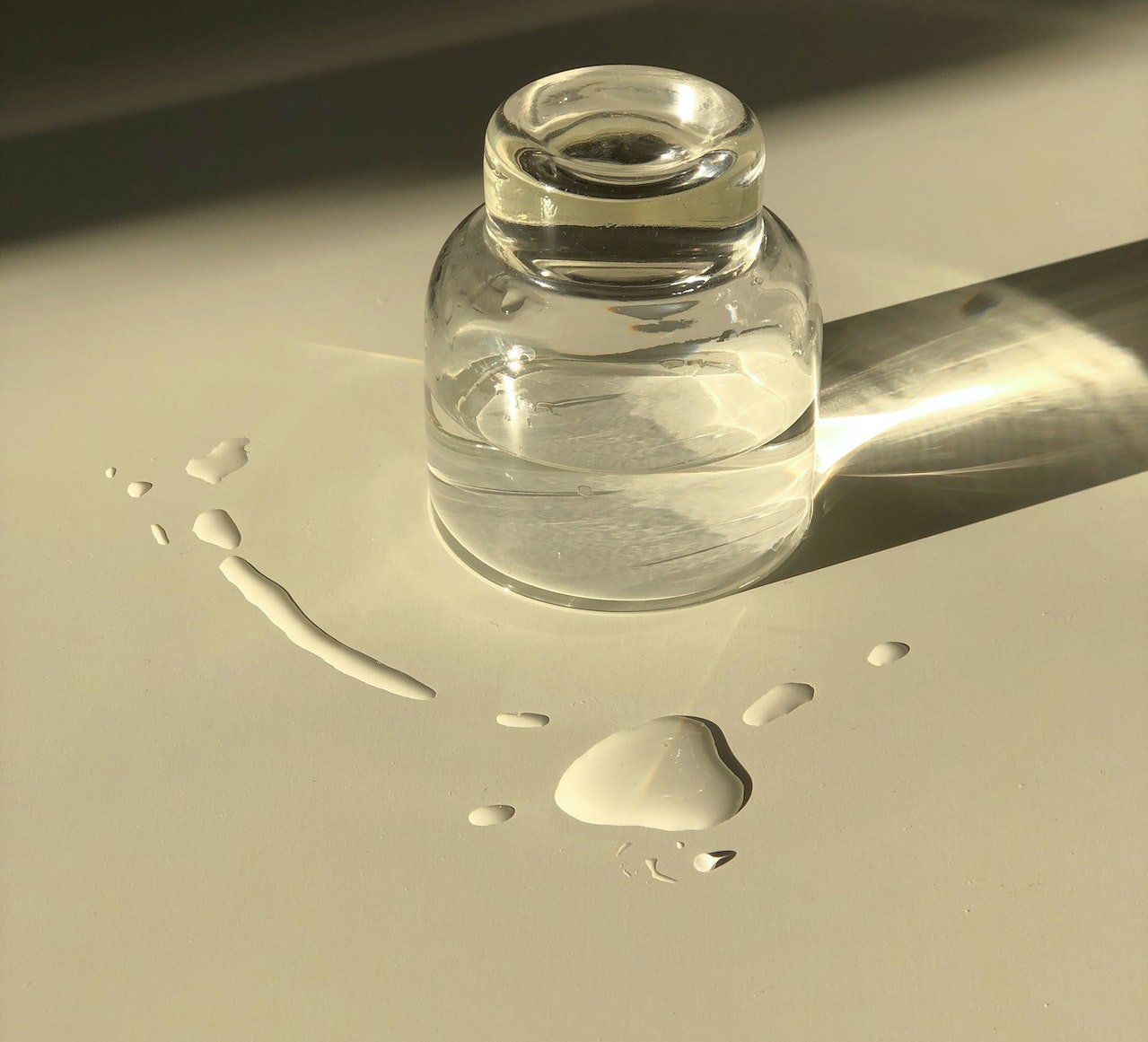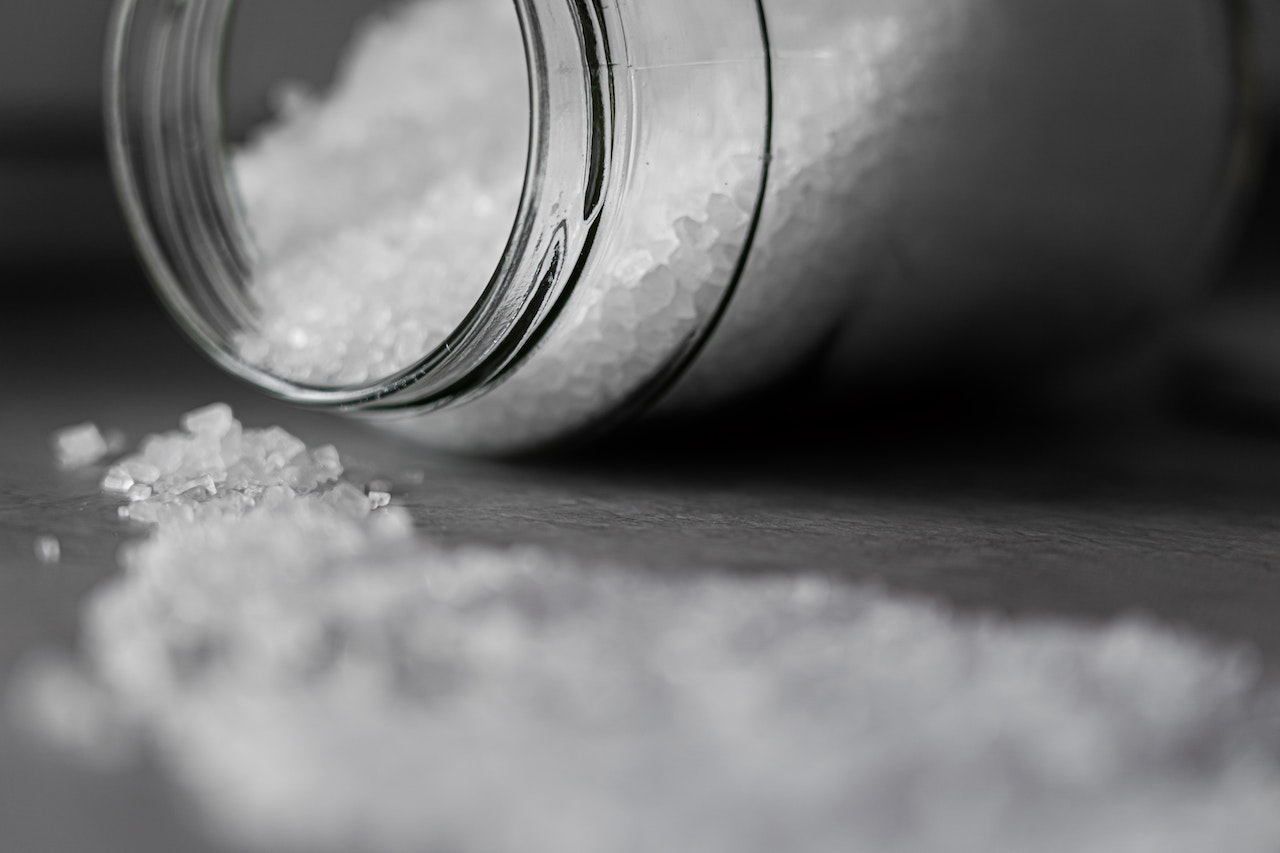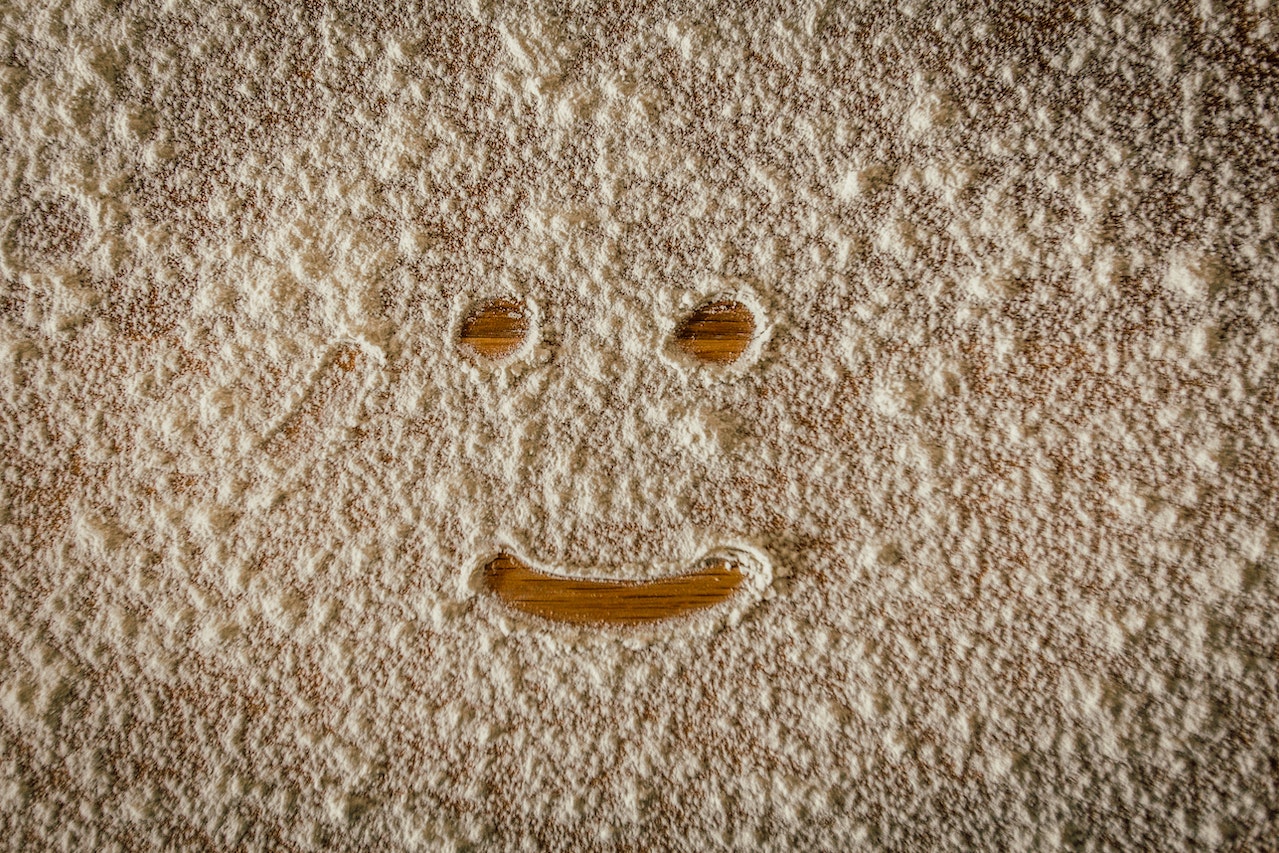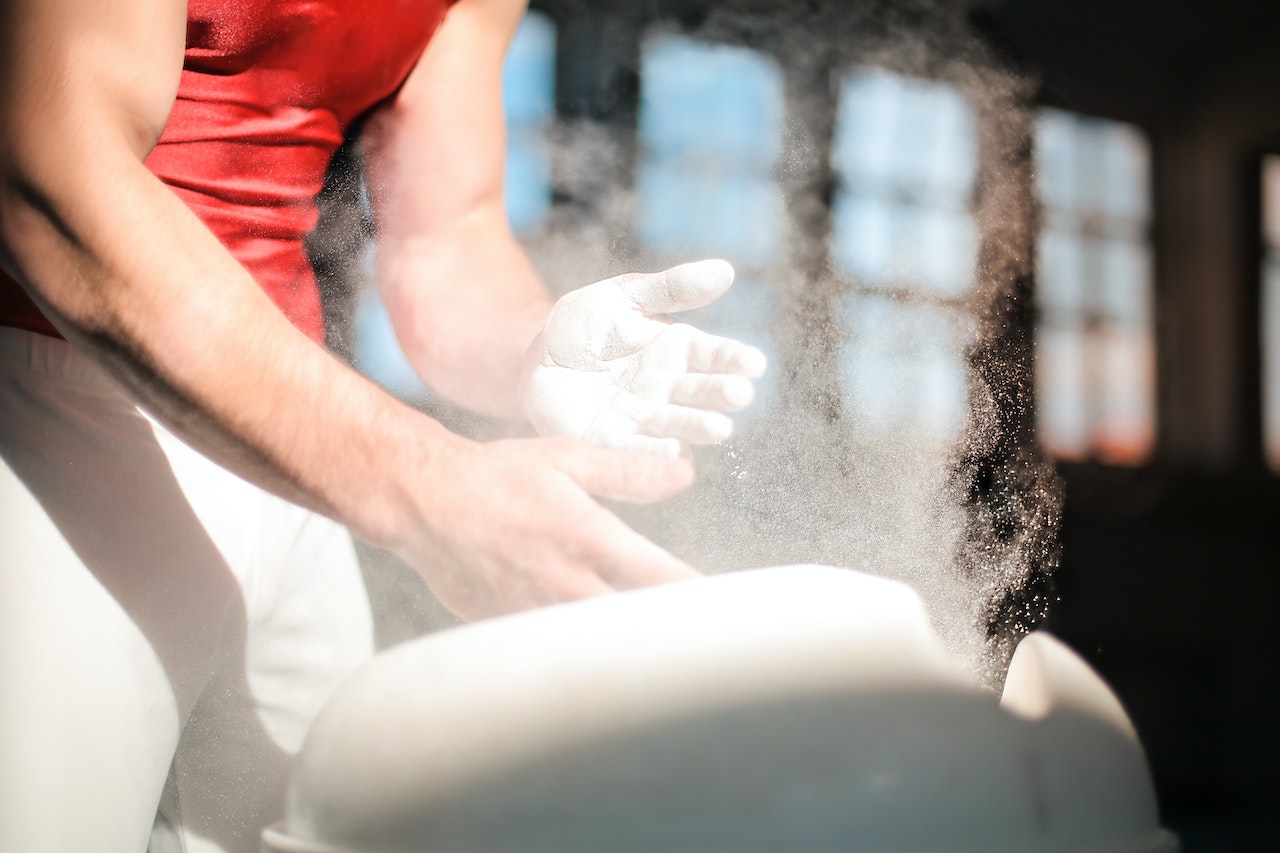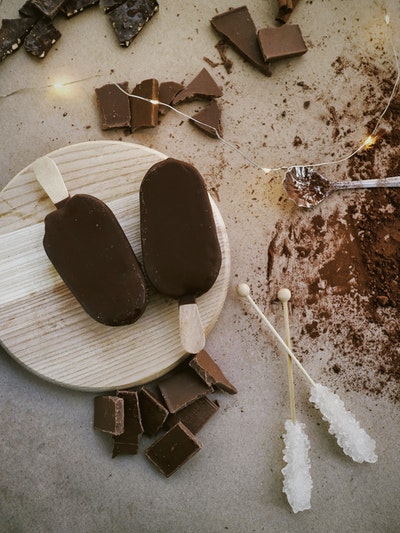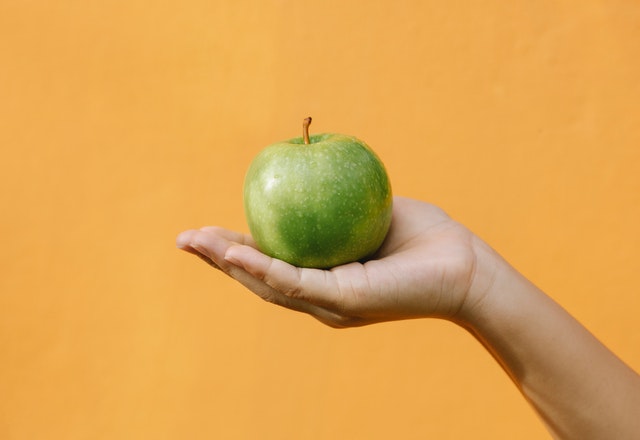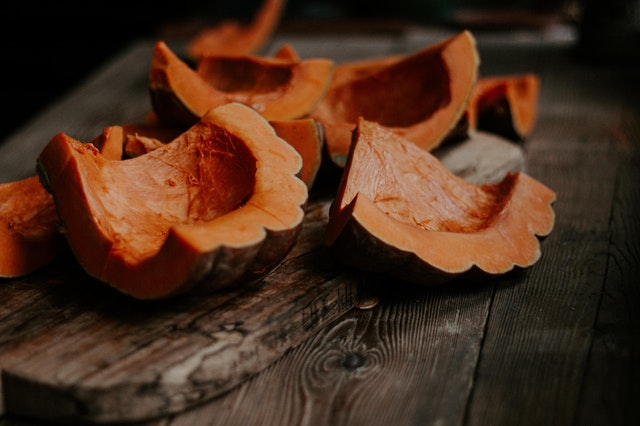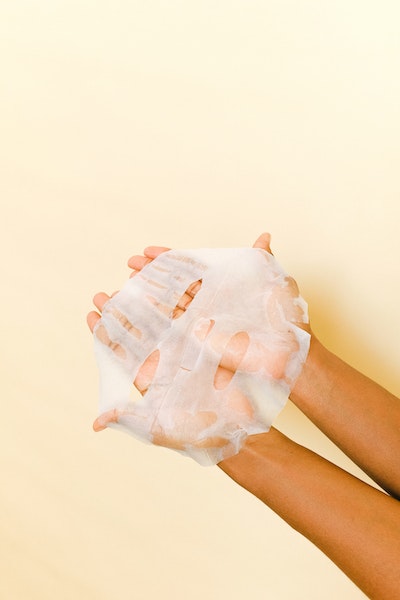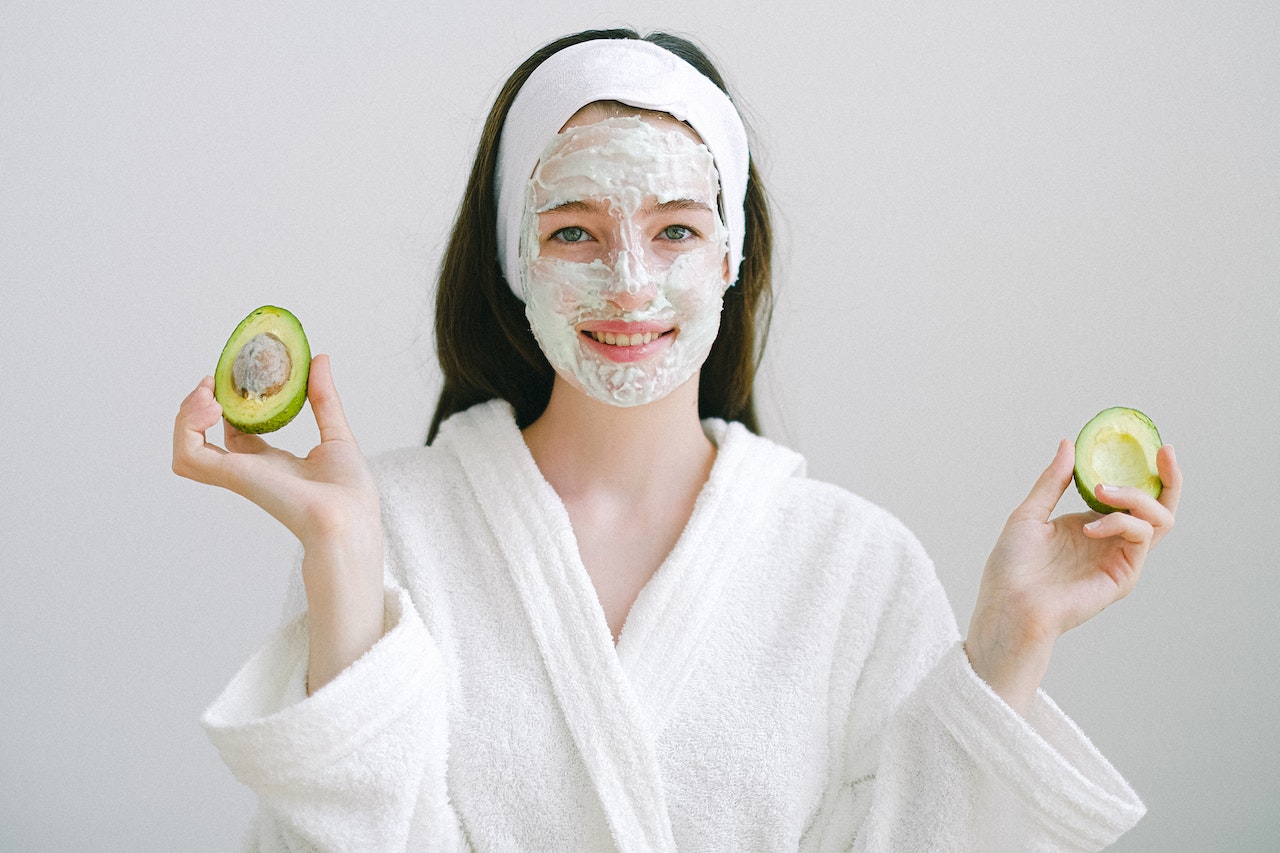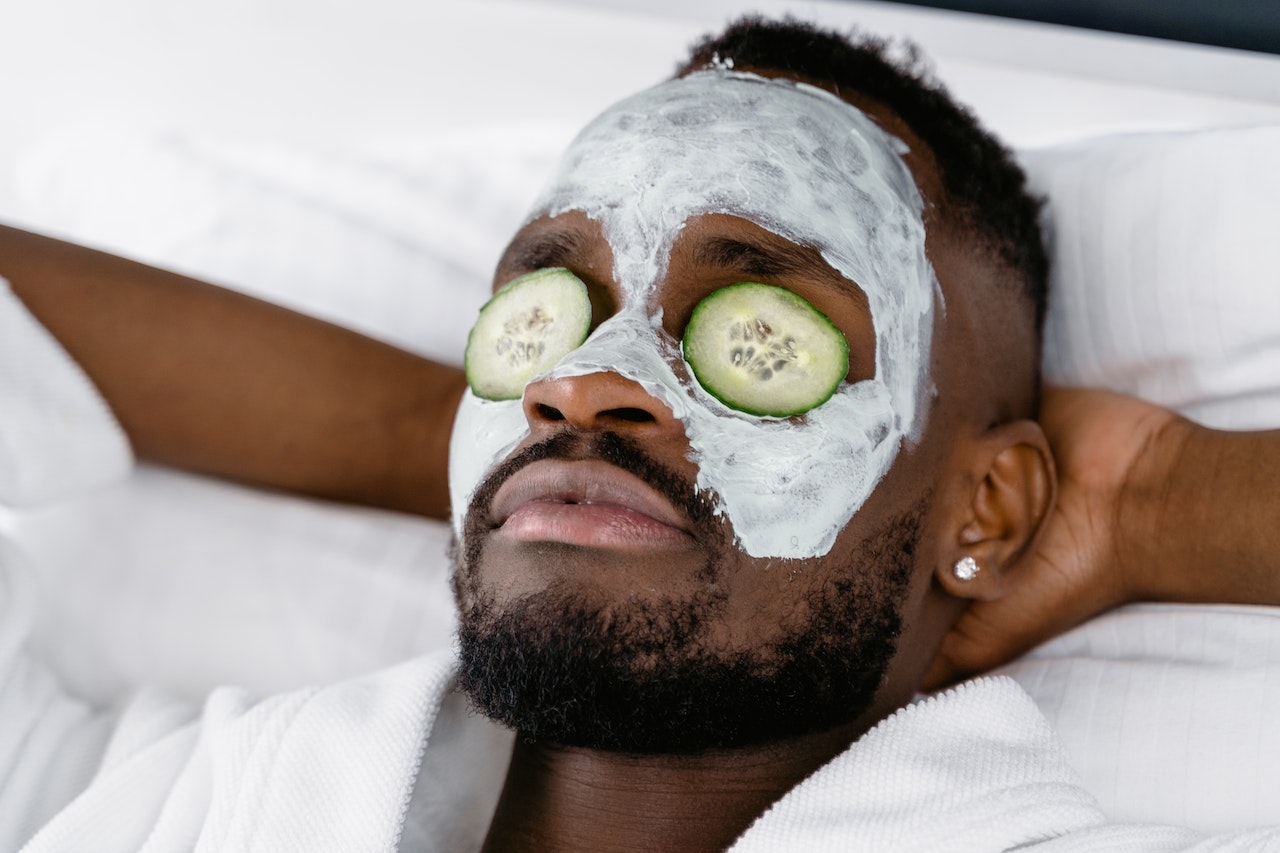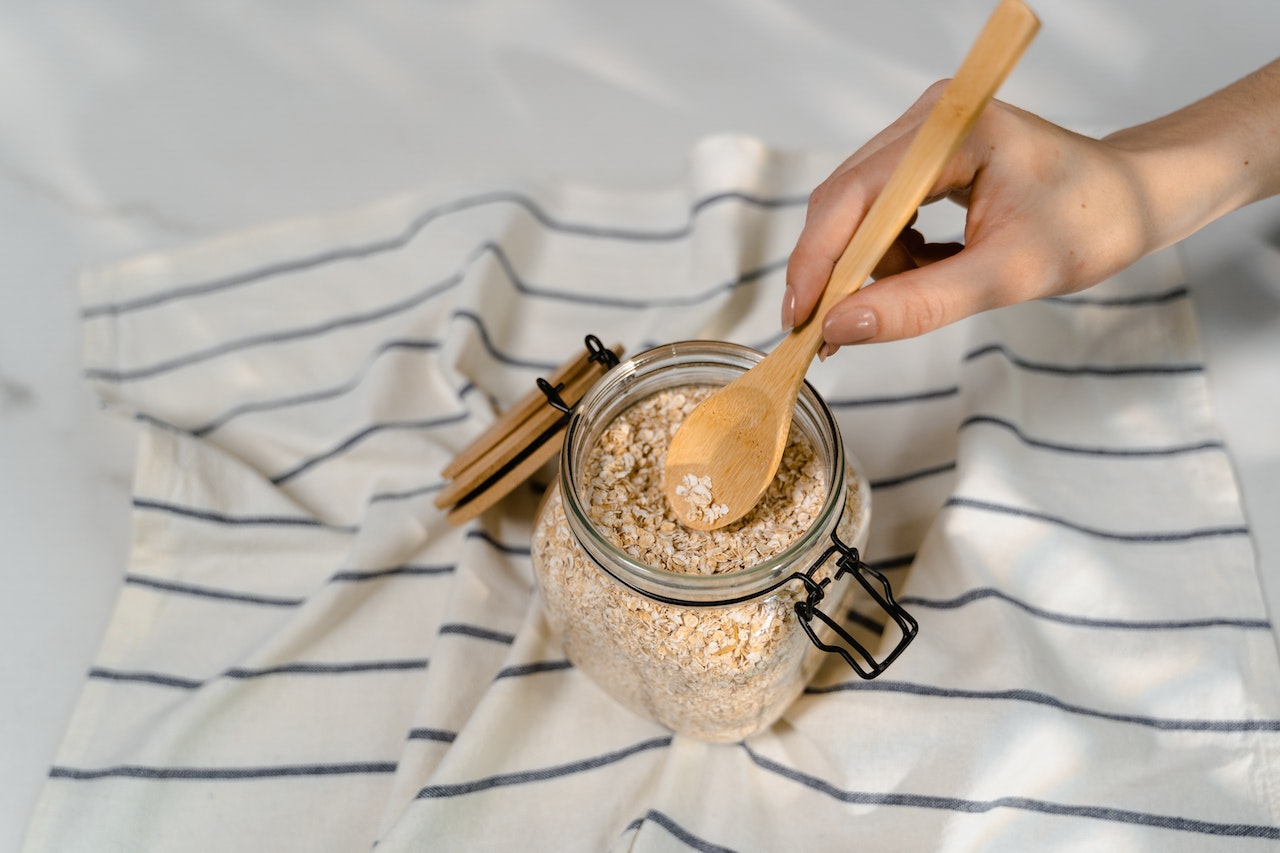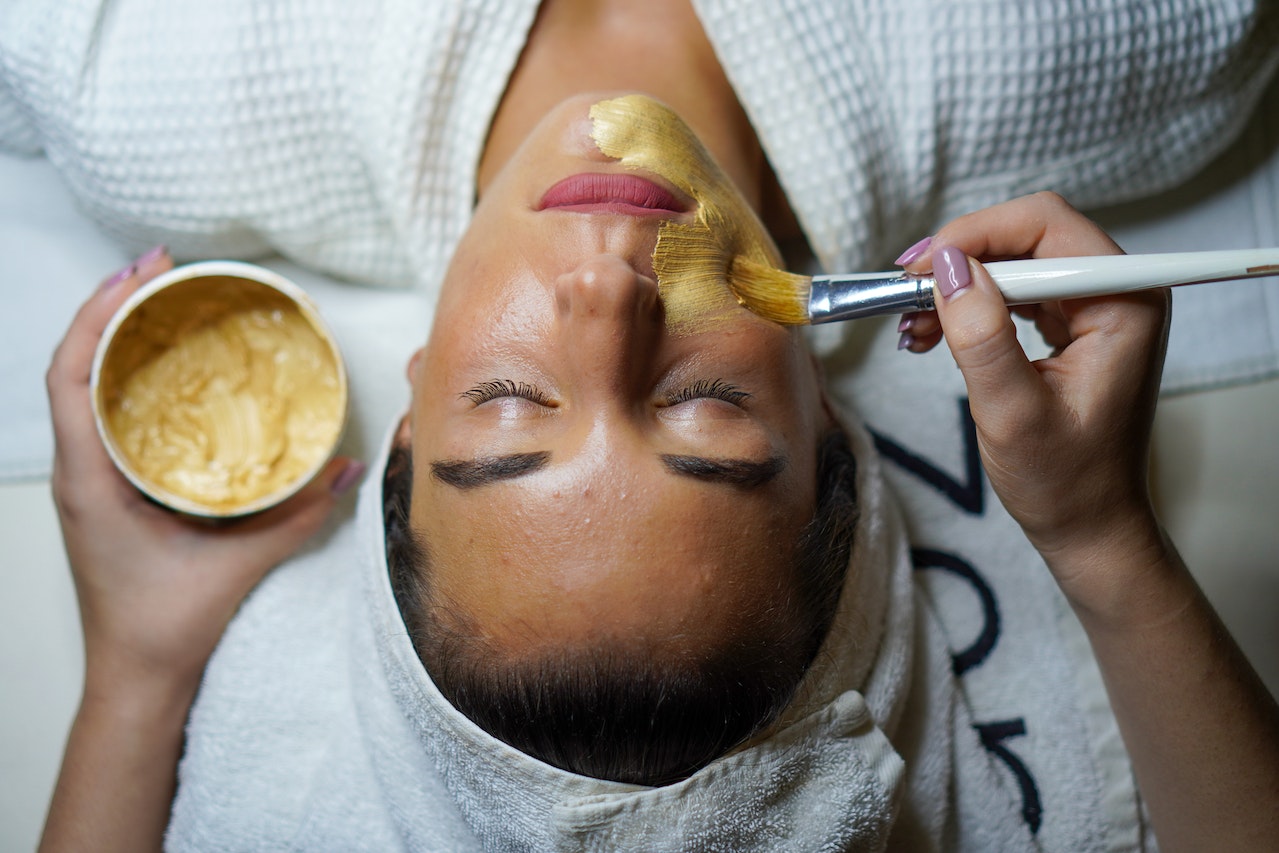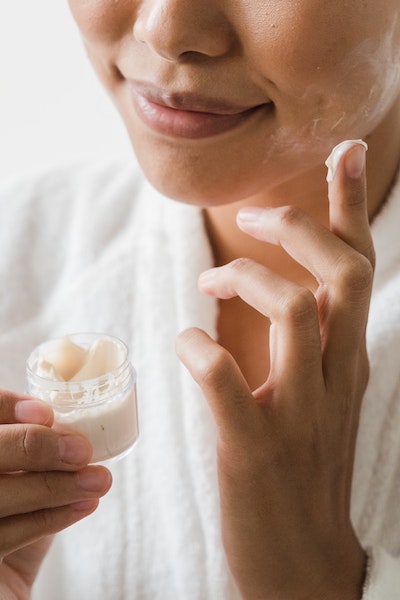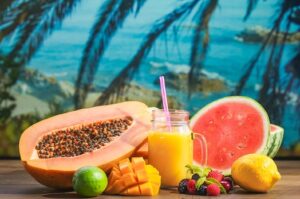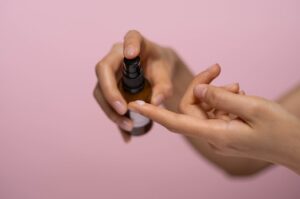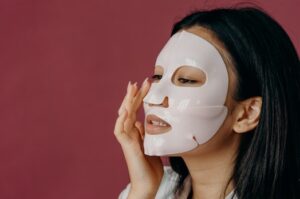One of the best ways to deal with temporary bouts of diarrhea also happens to be one of the easiest to follow: probiotics. These healthy microbes are surprisingly effective for calming trips to the bathroom and preventing problems in the first place.
What Causes Diarrhea?

Often, digestive troubles such as diarrhea happen because of an intestinal infection. Maybe the restaurant you ate at wasn’t as clean as you thought or the food at your family barbeque was sitting out for too long. Forgetting to wash lettuce, tomatoes or other raw produce can also trigger foodborne illnesses and diarrhea.
Traveler’s diarrhea in tropical locations can be caused by microbes in the water as well as food. That’s why using bottled water and washing your hands regularly matters.
Antibiotics: Good or Bad for Diarrhea?
Unless you have a high fever or other serious symptoms, taking antibiotics for intestinal infections can do more harm than good. Viral infections don’t respond to antibiotics, and minor problems with diarrhea usually clear up automatically in a few days. Plus, antibiotics are hard on your immune system, destroying good bacteria with bad ones.
Why Are Probiotics Helpful for Diarrhea?
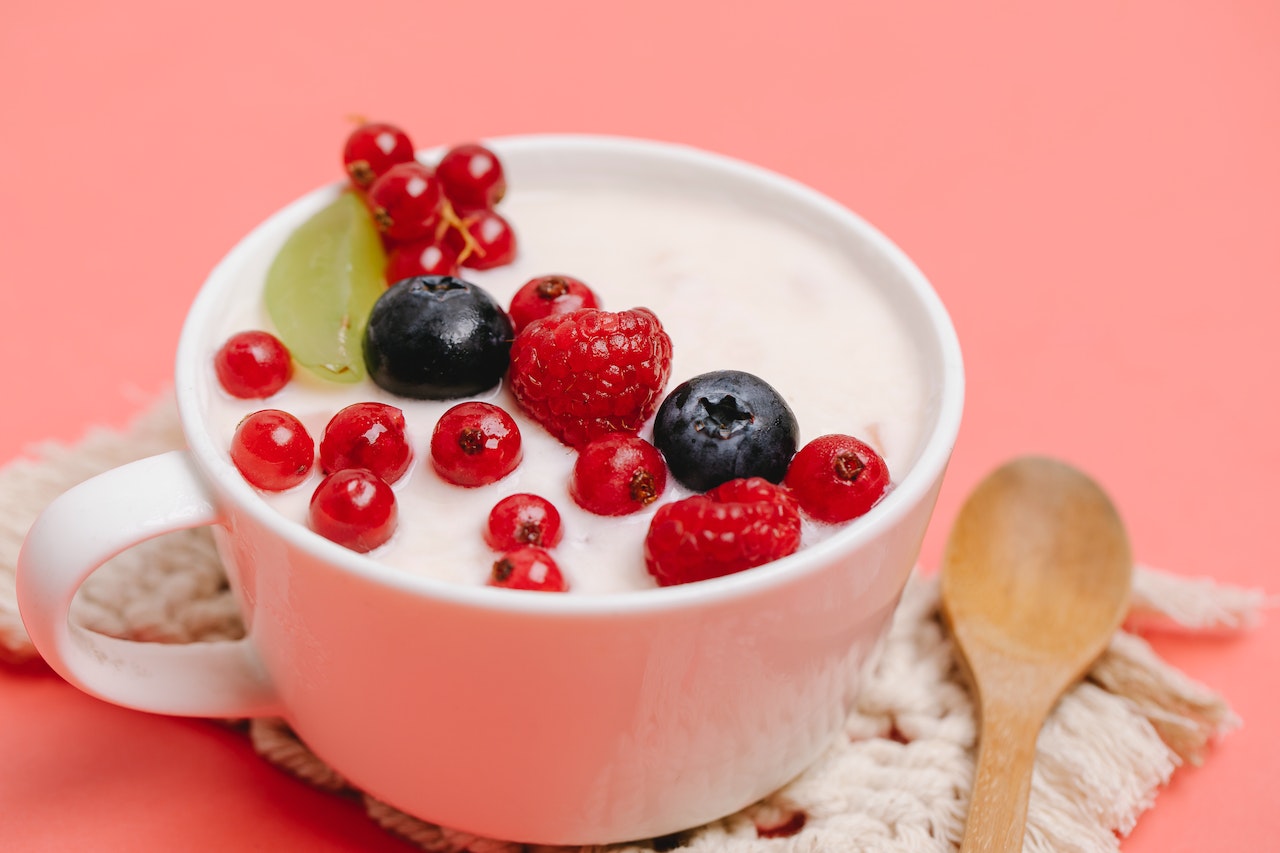
Probiotics are your body’s good microbes. They’re tiny gut defenders that help protect your digestive system and fend off invaders. With healthy levels of probiotics, you’re less likely to get stomach infections in the first place. Studies say that probiotics may reduce the chances of having diarrhea by up to 75%!
To understand why this is helpful, imagine a bank with lots of security. With lots of guards, cameras, locks and secure vaults, the chances of criminals successfully breaking in are much lower. In the same way, the stronger your probiotic defenses, the better prepared your gut is to fend off viruses and bacteria.
How Can Probiotics Help If You Already Have Diarrhea?
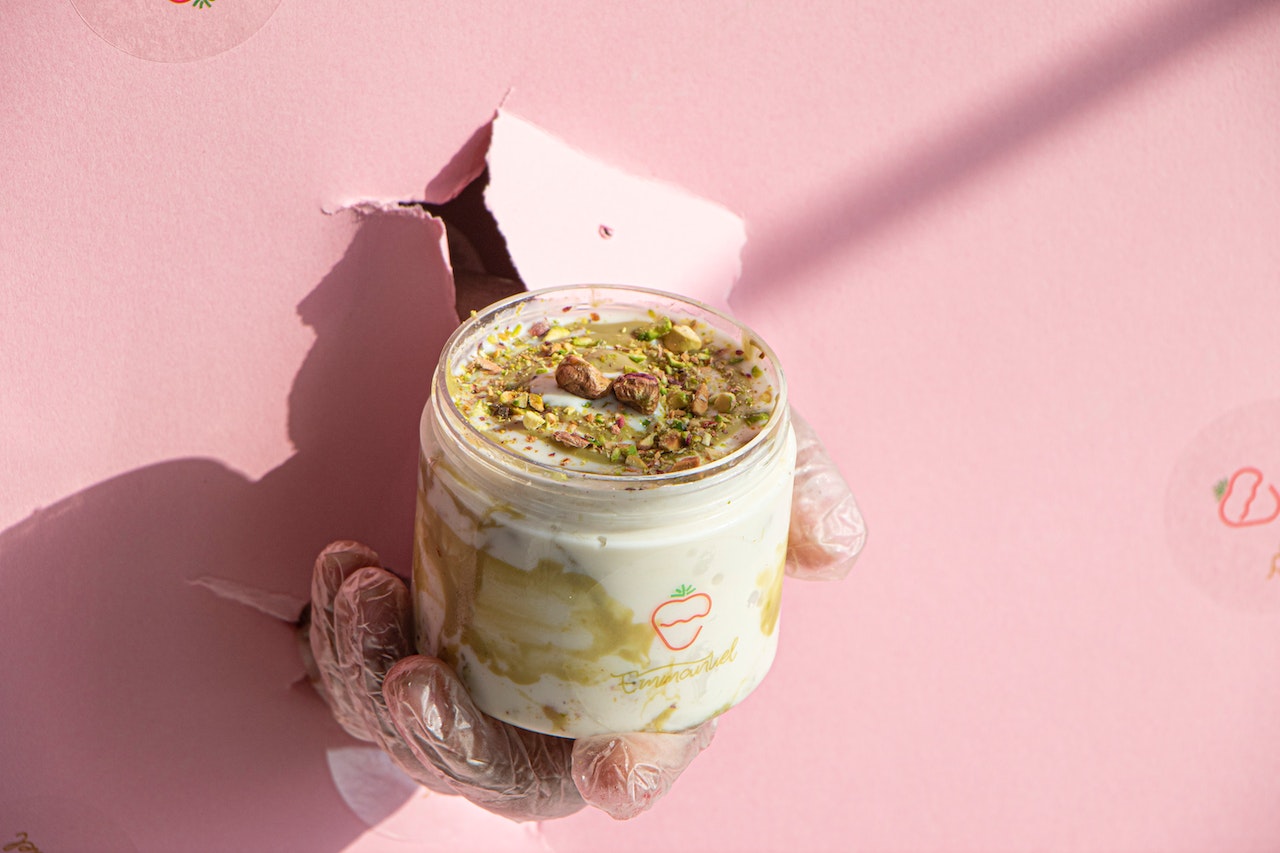
Even if you’re careful when you eat out or go on vacation, you may still end up catching a case of digestive distress. There are over-the-counter meds that can put a stop to diarrhea on vacation, but they’re not the greatest option because of the large list of potential side effects: dizziness, drowsiness, constipation and more.
On the other hand, probiotics are perfectly safe. When you eat or drink probiotic-rich foods, it’s like sending reinforcements to your gut. These new “soldiers” can improve your body’s response to infections, often clearing up diarrhea a day earlier than normal. You still need to drink plenty of liquids to stay hydrated, too.What Are the Best Probiotic Foods for Diarrhea?
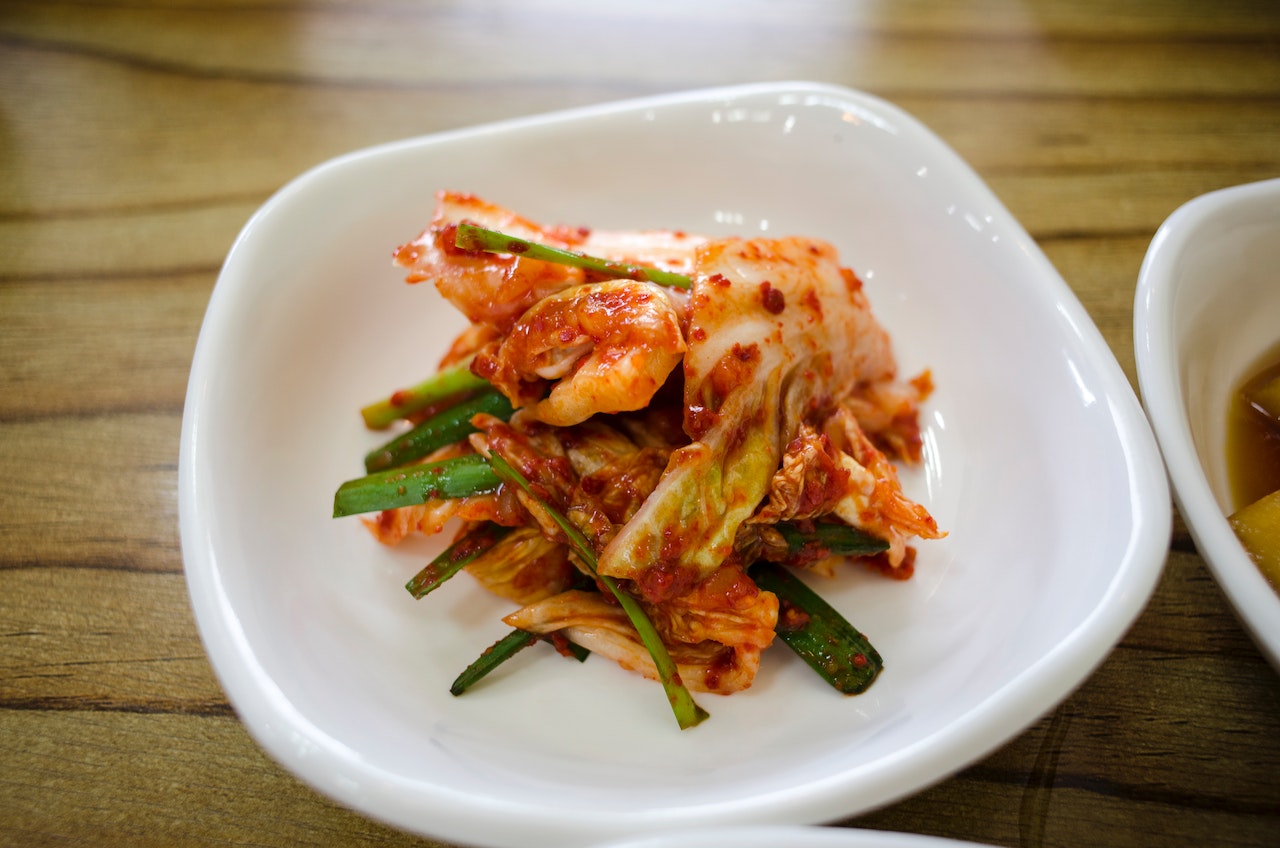
Lactic acid microbes, or lactobacilli, are excellent infection fighters. You can find these probiotics in many types of yogurt and other fermented dairy products, such as kefir or traditional buttermilk.
What if you’re lactose intolerant? It’s pretty easy to find probiotic supplements that have lactobacilli. Kimchi, miso and other nondairy fermented foods can help, too.
When Should You Visit Your Doctor?

Not every case of diarrhea is the same. If you have a high fever, feel extremely weak or dehydrated, or notice any scary symptoms, visit your doctor. The same thing goes for diarrhea that lasts for days without improving.

